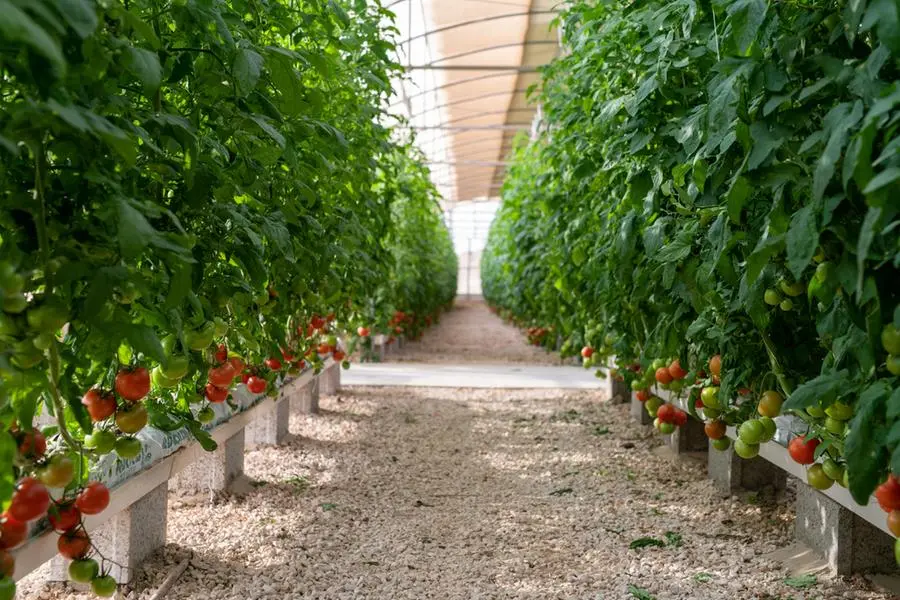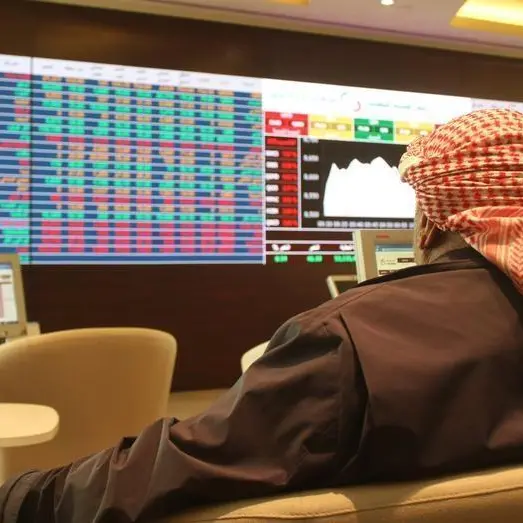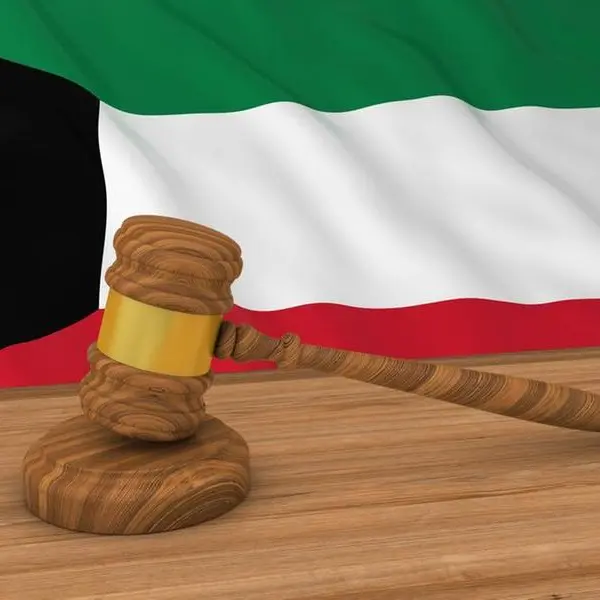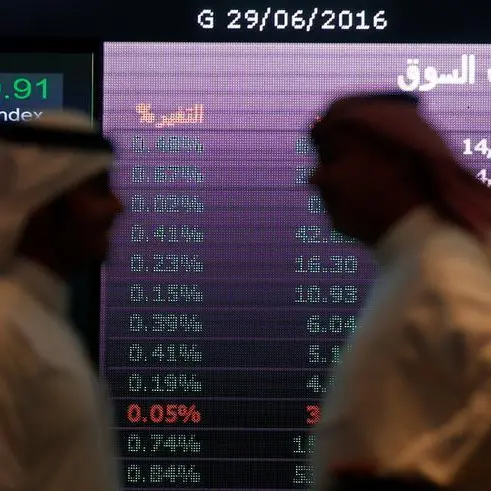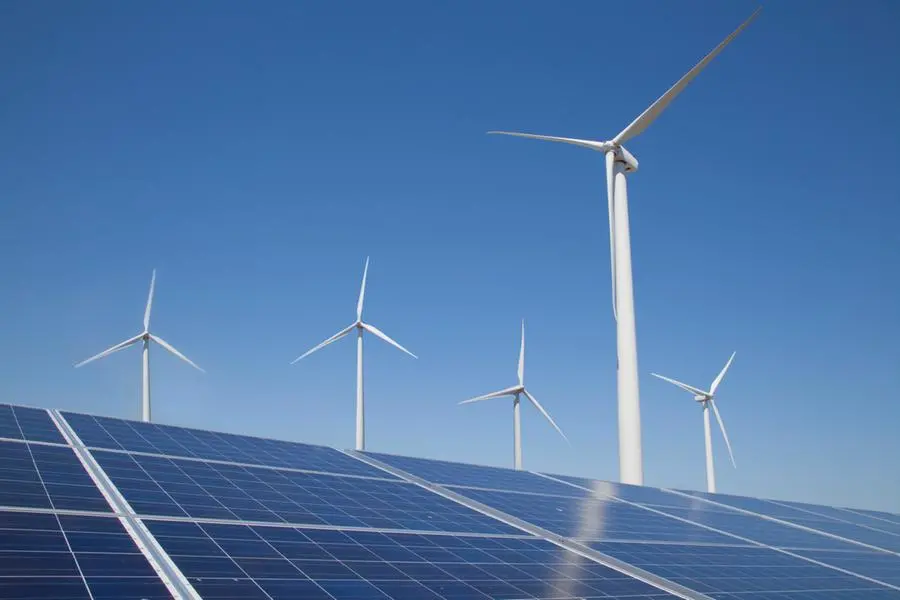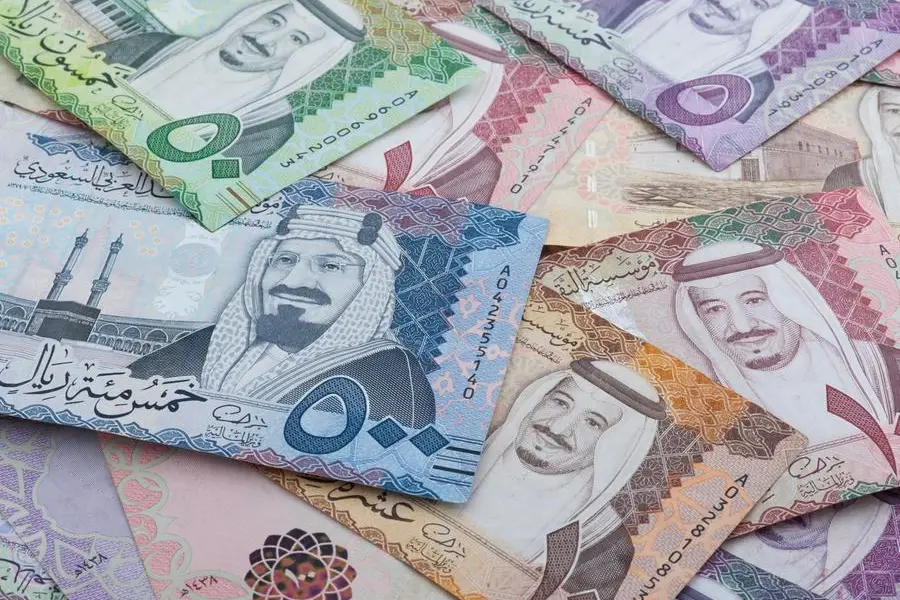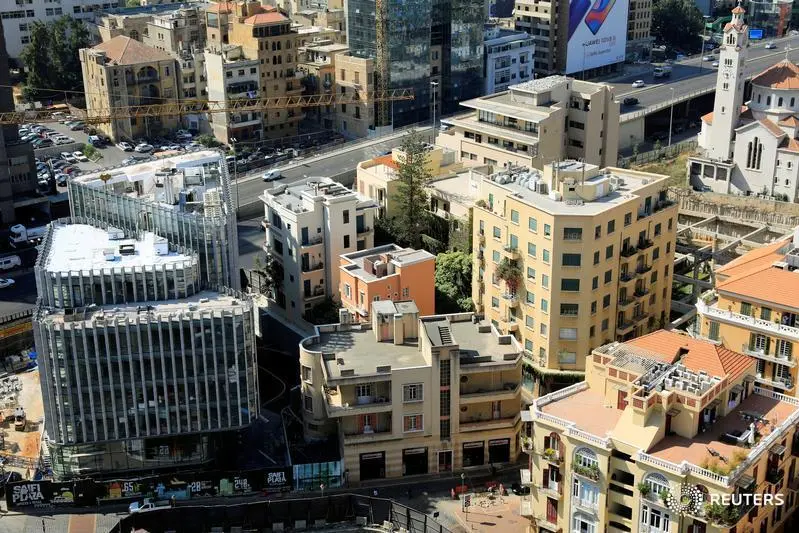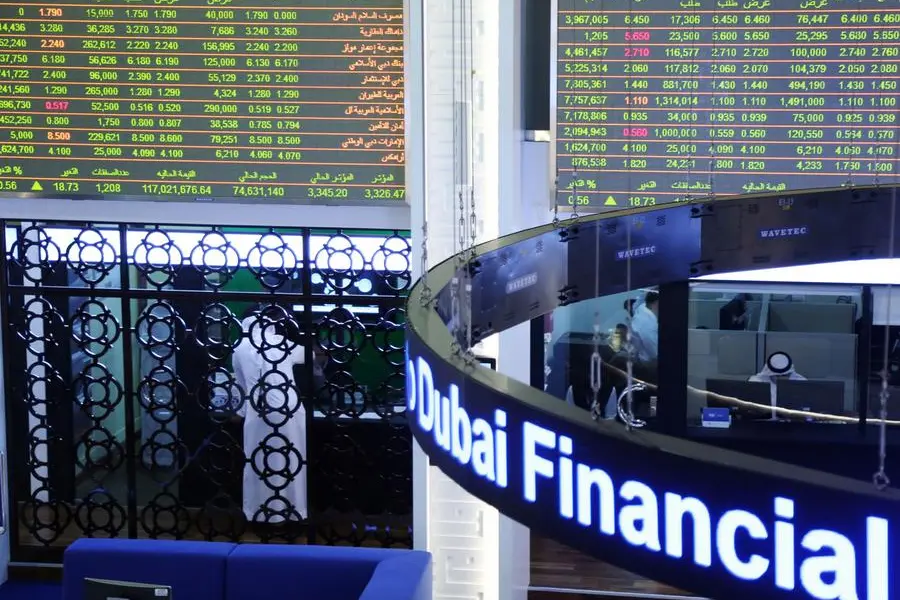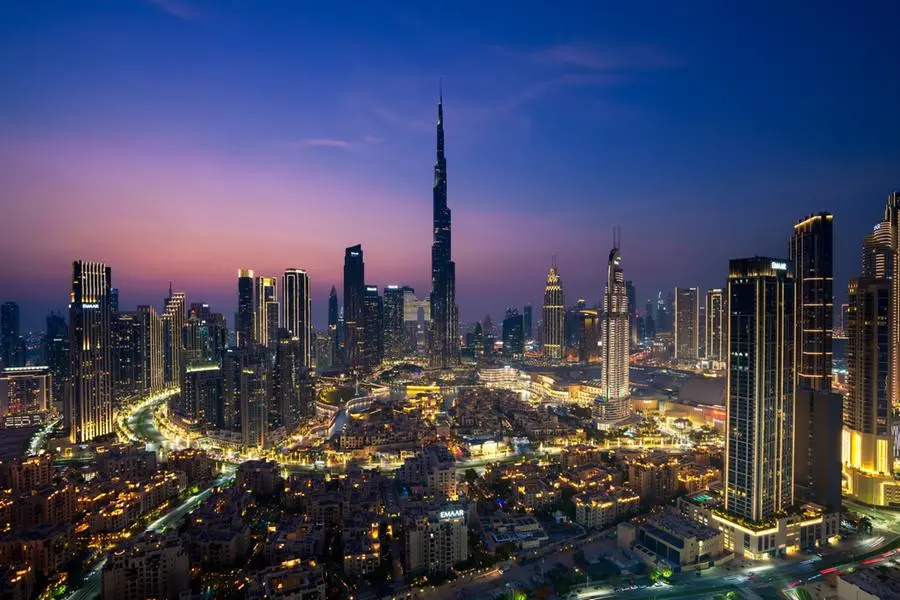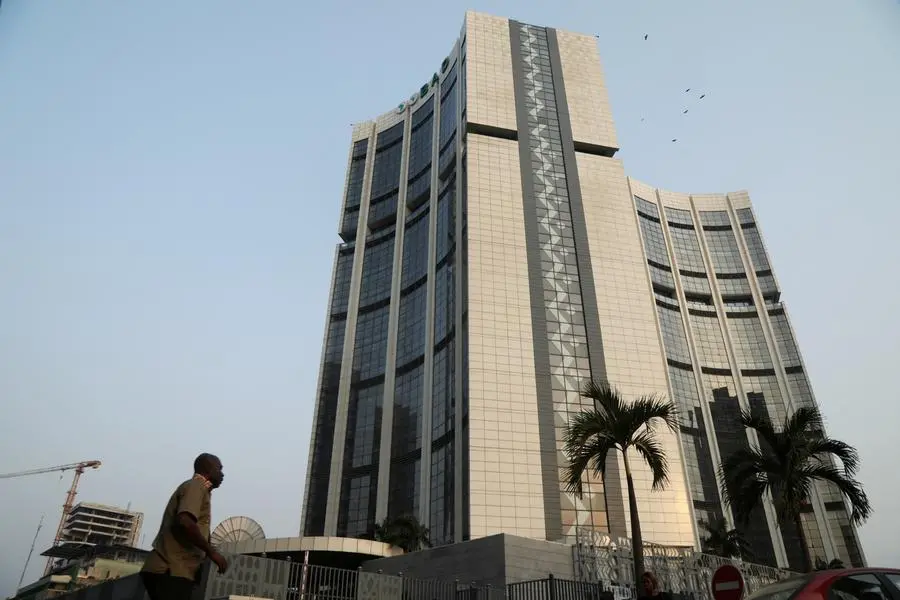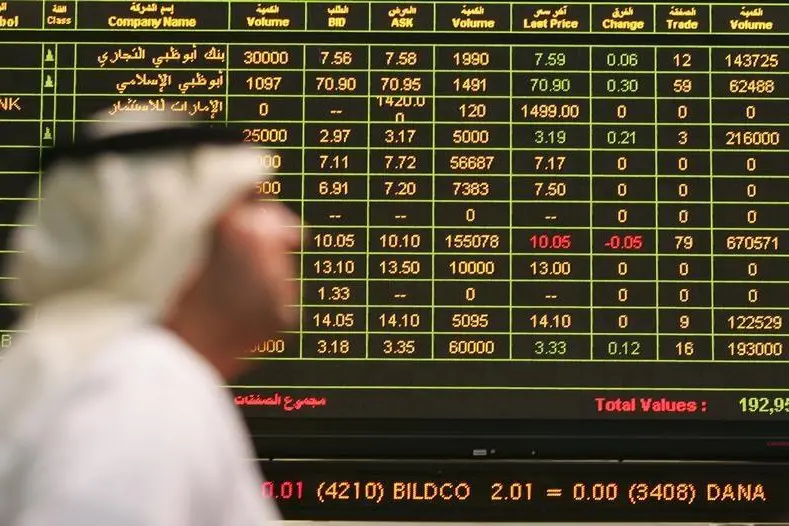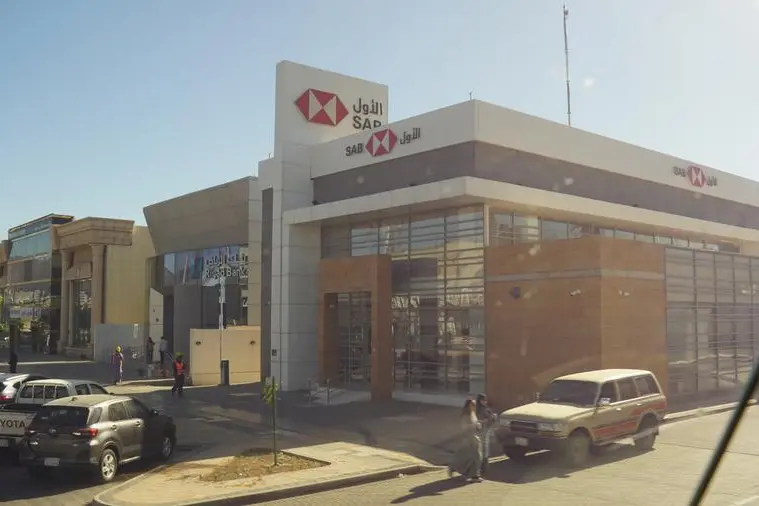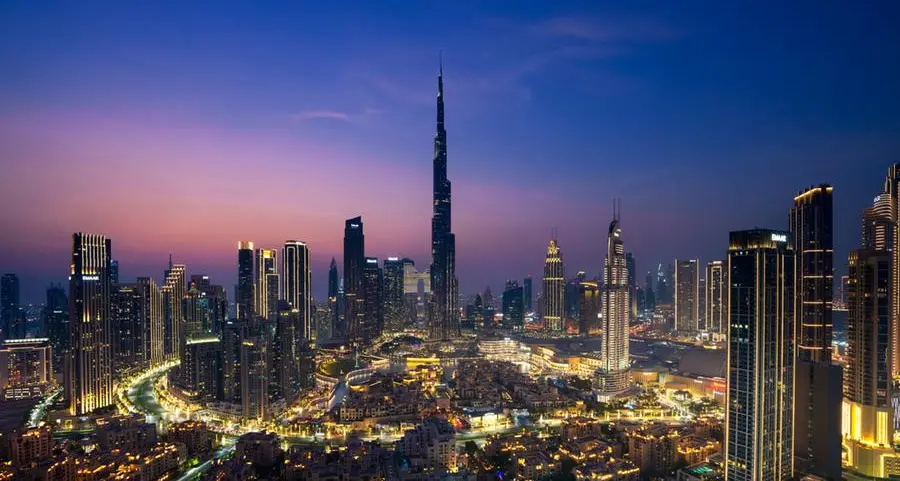PHOTO
Greenhouses red and green tomatoes,Close-up of tomatoes growing on plant in greenhouse,Doha,Qatar. Getty Images Image used for illustrative purpose
The fabric of our global food system is fraying under the strain of climate change and an ever-expanding population. To prevent it from unravelling, we must embrace distributed renewable-energy solutions, which are critical for reducing greenhouse-gas (GHG) emissions, boosting resilience and productivity, and cutting costs. Failure to do so would jeopardise efforts to achieve the United Nations Sustainable Development Goals (SDGs) and threaten our very survival.
Halfway to the 2030 deadline, progress toward the SDGs – conceived as a “shared blueprint for peace and prosperity for people and the planet” – is lagging significantly. In July, the UN High-Level Political Forum on Sustainable Development in New York and the UN Food Systems Summit +2 Stocktaking Moment in Rome underscored the importance of ensuring access to modern energy (SDG 7) and achieving zero hunger (SDG 2), respectively.
When it comes to strengthening the long-term resilience and adaptability of the global food system, these two objectives are interlinked. Translating this into public policies has taken on new urgency, given that rapid global warming, population growth, public-health crises, volatile energy markets, and conflict have exposed the food system’s unique vulnerabilities and shortcomings.
Past solutions and approaches will no longer work; on the contrary, they contributed to the current problems. Previously, concerns about food supply – including high prices during the 2008 global financial crisis – invariably led to agricultural intensification and mechanisation, as well as an increase in land use. As a result, agribusiness (including the production, transport, and storage of food) today accounts for roughly one-third of all GHG emissions, which in turn threaten the future of agriculture.
While the effects of climate change are felt throughout the global food system, they are disproportionately borne by those least responsible for the problem: smallholder farmers in the Global South. For example, Sub-Saharan Africa, which relies on rainfed agriculture, already experiences one-third of the world’s droughts and is vulnerable to higher temperatures and other extreme weather. The International Monetary Fund has found that a single drought can lower an African country’s medium-term economic-growth potential by one percentage point.
That conclusion reflects agriculture’s central role in the developing world: in some of the least-developed countries, it accounts for more than 25% of GDP, while 52% of employed people in Sub-Saharan Africa are active in the sector. Given this, achieving sustainable and climate-friendly food production in the Global South could lead to significant welfare improvements. This will require a shift to distributed renewable energy, which can be used in primary production, post-harvest processing, storage, and cooking – the agricultural activities that tend to consume the most energy in developing countries.
To be sure, decentralised renewable energy is not a panacea. But it could contribute significantly to stabilising the global food system by lowering energy costs, a crucial factor for boosting productivity; by facilitating financing for productive applications, which could democratise access to yield-enhancing technologies; and by reducing GHG emissions and promoting climate-change adaptation. Last but not least, reducing reliance on fossil fuels and decentralising energy production can help shift global power dynamics within the food system.
Solar-powered irrigation, for example, has significantly improved water access and enabled multiple cropping cycles, increasing productivity and reducing GHG emissions. Solar-powered pumps have boosted farmers’ incomes by more than 50% in India and led to significant increases in yields in Rwanda. The Ethiopian Ministry of Irrigation and Lowlands – which one of us heads – recently banned the import of diesel irrigation pumps to support the rapid transition to renewable-energy solutions.
In Sub-Saharan Africa, solar milling machines could make grinding grain into flour more efficient, affordable, and sustainable. Additionally, the expansion of mini-grids to power post-harvest processes can bring more economic and environmental benefits by enabling communities to preserve their produce locally.
Cold storage and refrigeration are crucial for extending shelf life, reducing food loss, and maintaining product quality. Decentralised cold-storage solutions that are powered by renewable energy could improve market access and reduce spoilage for smallholder farmers and remote communities. By converting existing infrastructure to renewable energy sources, we can cut GHG emissions and make cold chains more environmentally friendly and affordable.
All the above examples demonstrate the diverse applications of distributed renewable energy, and each solution contributes to a more resilient, sustainable, and climate-friendly food system. By scaling up these innovations, we can address the energy challenges faced by smallholder farmers, processors, and consumers while reducing our carbon footprint.
Reinforcing the fabric of our global food system requires a new framework designed to reduce land use, enhance productivity, minimise food loss, and cut GHG emissions. Renewable energy must be its foundation. Otherwise, developing countries will be unable to raise agricultural yields and end hunger, stop and reverse environmental degradation, or democratise energy access.
© Gulf Times Newspaper 2022 Provided by SyndiGate Media Inc. (Syndigate.info).Halfway to the 2030 deadline, progress toward the SDGs – conceived as a “shared blueprint for peace and prosperity for people and the planet” – is lagging significantly. In July, the UN High-Level Political Forum on Sustainable Development in New York and the UN Food Systems Summit +2 Stocktaking Moment in Rome underscored the importance of ensuring access to modern energy (SDG 7) and achieving zero hunger (SDG 2), respectively.
When it comes to strengthening the long-term resilience and adaptability of the global food system, these two objectives are interlinked. Translating this into public policies has taken on new urgency, given that rapid global warming, population growth, public-health crises, volatile energy markets, and conflict have exposed the food system’s unique vulnerabilities and shortcomings.
Past solutions and approaches will no longer work; on the contrary, they contributed to the current problems. Previously, concerns about food supply – including high prices during the 2008 global financial crisis – invariably led to agricultural intensification and mechanisation, as well as an increase in land use. As a result, agribusiness (including the production, transport, and storage of food) today accounts for roughly one-third of all GHG emissions, which in turn threaten the future of agriculture.
While the effects of climate change are felt throughout the global food system, they are disproportionately borne by those least responsible for the problem: smallholder farmers in the Global South. For example, Sub-Saharan Africa, which relies on rainfed agriculture, already experiences one-third of the world’s droughts and is vulnerable to higher temperatures and other extreme weather. The International Monetary Fund has found that a single drought can lower an African country’s medium-term economic-growth potential by one percentage point.
That conclusion reflects agriculture’s central role in the developing world: in some of the least-developed countries, it accounts for more than 25% of GDP, while 52% of employed people in Sub-Saharan Africa are active in the sector. Given this, achieving sustainable and climate-friendly food production in the Global South could lead to significant welfare improvements. This will require a shift to distributed renewable energy, which can be used in primary production, post-harvest processing, storage, and cooking – the agricultural activities that tend to consume the most energy in developing countries.
To be sure, decentralised renewable energy is not a panacea. But it could contribute significantly to stabilising the global food system by lowering energy costs, a crucial factor for boosting productivity; by facilitating financing for productive applications, which could democratise access to yield-enhancing technologies; and by reducing GHG emissions and promoting climate-change adaptation. Last but not least, reducing reliance on fossil fuels and decentralising energy production can help shift global power dynamics within the food system.
Solar-powered irrigation, for example, has significantly improved water access and enabled multiple cropping cycles, increasing productivity and reducing GHG emissions. Solar-powered pumps have boosted farmers’ incomes by more than 50% in India and led to significant increases in yields in Rwanda. The Ethiopian Ministry of Irrigation and Lowlands – which one of us heads – recently banned the import of diesel irrigation pumps to support the rapid transition to renewable-energy solutions.
In Sub-Saharan Africa, solar milling machines could make grinding grain into flour more efficient, affordable, and sustainable. Additionally, the expansion of mini-grids to power post-harvest processes can bring more economic and environmental benefits by enabling communities to preserve their produce locally.
Cold storage and refrigeration are crucial for extending shelf life, reducing food loss, and maintaining product quality. Decentralised cold-storage solutions that are powered by renewable energy could improve market access and reduce spoilage for smallholder farmers and remote communities. By converting existing infrastructure to renewable energy sources, we can cut GHG emissions and make cold chains more environmentally friendly and affordable.
All the above examples demonstrate the diverse applications of distributed renewable energy, and each solution contributes to a more resilient, sustainable, and climate-friendly food system. By scaling up these innovations, we can address the energy challenges faced by smallholder farmers, processors, and consumers while reducing our carbon footprint.
Reinforcing the fabric of our global food system requires a new framework designed to reduce land use, enhance productivity, minimise food loss, and cut GHG emissions. Renewable energy must be its foundation. Otherwise, developing countries will be unable to raise agricultural yields and end hunger, stop and reverse environmental degradation, or democratise energy access.
